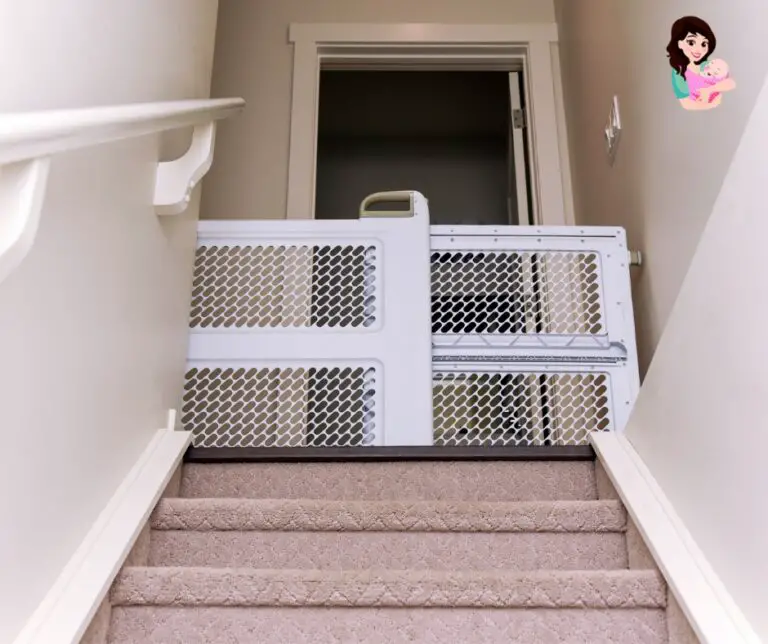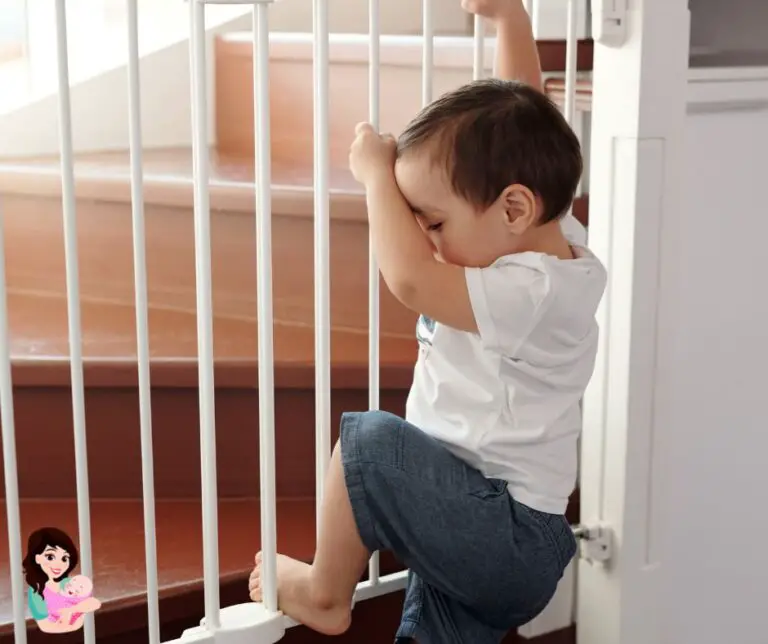
A good stroller is not only comfortable for your baby but also a lifesaver when you’re going to the store or taking public transportation. Strollers come in all shapes and sizes, with different features depending on your child’s age. The best stroller for newborns may not be ideal for toddlers, so choosing the right one can be tricky. With this guide to baby strollers, you’ll learn how big your baby should be for a stroller.
How Big Should Your Baby Be For A Stroller?
There are different strollers depending on where your baby is developmentally. A stroller for a newborn is your best bet if you don’t want to carry around a car seat, but want the convenience of being able to walk around with your little one. These are usually lightweight, easy to fold, and compact.
0-6 Months old
Strollers suitable for this age group should have a reclining seat and a canopy and be used as a car seat carrier. It’s essential to find a unit with an adjustable harness to adjust it as your baby grows older. A five-point harness is best at this stage because it’s the most secure, especially when they are moving around in the stroller or car seat carrier.
6-12 Months old
At this stage, your baby should be able to sit upright in the stroller and be comfortable enough to look around at their surroundings. Your stroller’s seat is more important than ever. It should be roomy, with plenty of support and cushioning, adjustable, and offer multiple recline positions to keep up with your growing child.
You can now consider a seat that can face forward or backward and one that has an adjustable canopy. Keep in mind that it’s also easier for older babies to get into and out of their seats if facing forward.
18-24 Months old
At this stage, a stroller with a more prominent seat is better for an older toddler. The reason for this is that when your baby is getting bigger, it’s likely that you’ll want to use the stroller for longer walks and outings. A smaller seat could cause discomfort for your child because they will have less room to sit in the stroller.
Types of Stroller
Strollers are available in a variety of sizes and styles to accommodate children of all ages. This means you have to put careful consideration before choosing to buy one. Here are some of the stroller types available:
- Lightweight models:
- Compact strollers: Compact strollers provide much of the same functionality as lightweight models but have higher weight capacities of up to 45 pounds—perfect for older babies and toddlers alike! They still offer many of the same safety features found on lighter options. At the same time, at home, it also features larger storage baskets, so you don’t have trouble fitting everything from diapers to toys during outings at the mall or zoo.
- Full-size strollers: Full-size strollers tend to be heavier than their counterparts since they provide more storage space and legroom for babies weighing over 50 pounds (or just taller kids!). These models come equipped with reclining seats so children can nap comfortably after long days at theme parks or amusement parks; cup holders; basket storage compartments underneath seats; sunshades; footrests; and rain covers.
Lightweight models
A lightweight model is the most popular choice for parents who don’t want to carry around a bulky stroller. These strollers are made for newborns, who weigh less than 20 pounds, and have a carrying capacity of around 30 pounds. They’re lightweight enough to carry around the house or take short outings.
Makers often design these models with parents in mind, offering extra safety features like 5-point harnesses and lockable wheels to ensure your baby stays safe while out on errands or at the park. They are generally easy to fold, store, and travel with, as they can be easily popped into the trunk of your car or stored away at home.
Lightweight models also require less effort when pushing due to their lighter-weight frames and maneuverability. They tend to have light aluminum frames and semi-reclining seats, including some models which allow full reclining.
Compact strollers
Compact strollers are a good choice for travel. They’re lightweight and easy to carry and offer many conveniences in urban environments or wherever you may be traveling. Compact strollers are great for taking around town on errands.
If the model fully reclines, you can use it from birth, and it will see you through to toddler age. And if you’re planning on having more children, you’ll probably want one that converts into a double stroller.
Full-size strollers
These strollers are designed for children weighing over 25 pounds and can be used from birth until they reach 65 pounds. They usually weigh between 15 and 30 pounds, making them heavier and bulkier than other strollers.
Full-size strollers have large storage bins that can fit a diaper bag or backpack, making them more convenient than smaller models when traveling with your child. The weight capacity may vary depending on the model you choose, so it’s important to check this information before purchasing one for your little one.
Full-size strollers have larger wheels than other types of strollers, so they can roll smoothly over uneven terrain without getting stuck.
Travel systems
Travel strollers are lightweight, easy to fold and carry, and have a reclining seat and large wheels for good maneuverability. They offer protection from the sun by extending a canopy outwards and folding away when not needed. The infant car seat can be attached until your baby outgrows it, then it converts to a stroller.
These combine a stroller and an infant car seat that attaches directly to the stroller’s frame. The infant car seat will typically last until your baby reaches about 20 lbs; then, you can remove it and continue using the travel system with their toddler seat.
Jogger strollers
Jogger strollers are best for older babies sitting up unassisted and holding their heads up. They’re great for walking or jogging because of their three-wheeled design, all-terrain wheels, and good suspension. Some joggers come with an adjustable height handle, wrist strap, hand brake, storage pouch or pocket, depending on the model, and weatherproof fabric.
The downside is that they tend to be more expensive than other types of strollers, especially when you add accessories like a bassinet, car seat adapter, or parent console.
Conclusion
The best stroller for you will depend on your baby’s age, what type of stroller you need, and how much you want to spend. If you have an infant who needs to be carried in a sling or carrier, that might be the best option. But if your child is big enough for a stroller but doesn’t have the skills yet, then there are lightweight models on the market that can help them get used to being pushed around in one.

Hi, This is Emma Baster; As a mom, I spend my free time caring for my kids. I’ve read a lot on the Internet to improve my childcare skill and bring the best to my kids. Eruditemommy shares my knowledge and experience through helpful posts. I hope you enjoy them!






